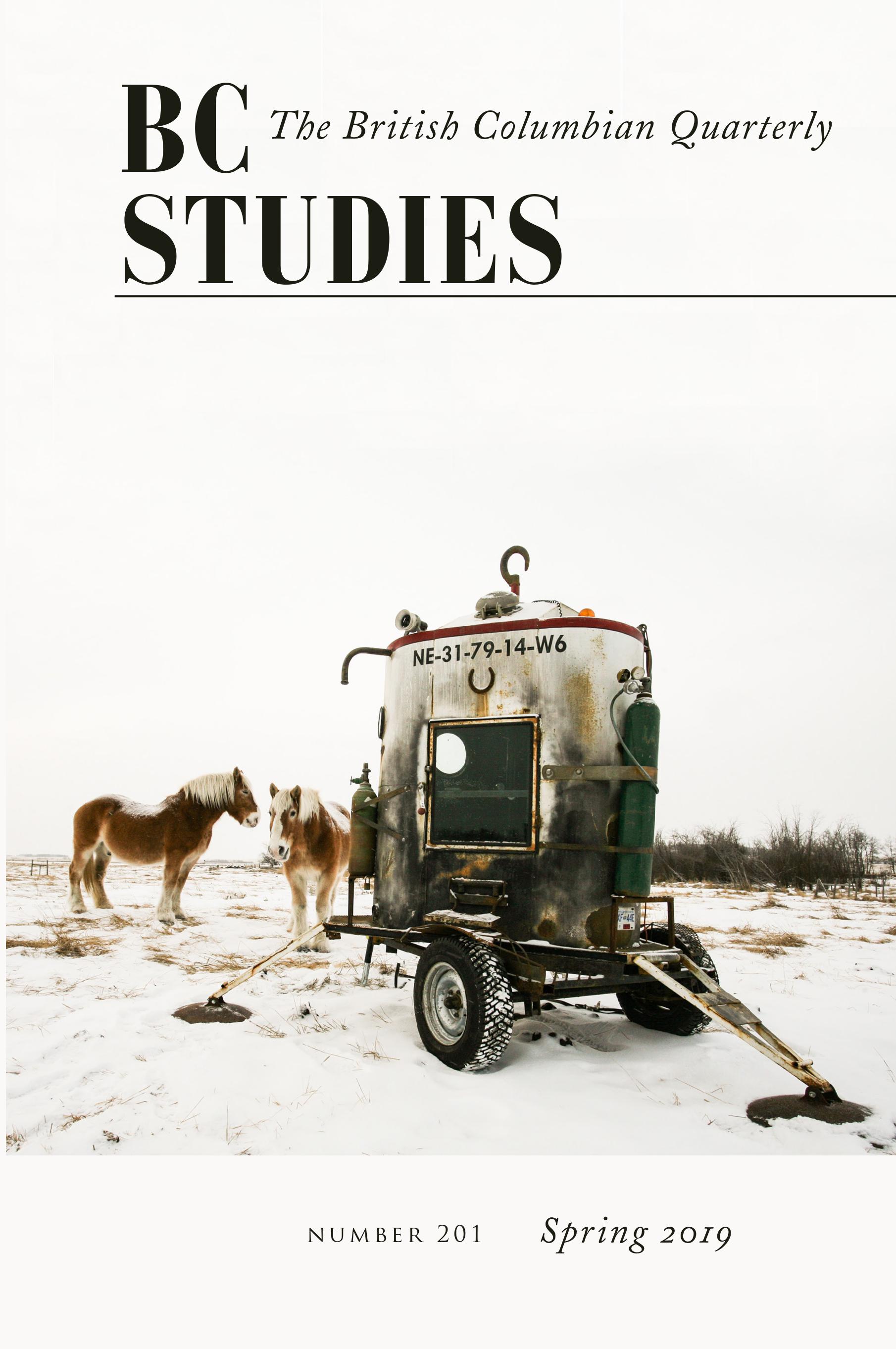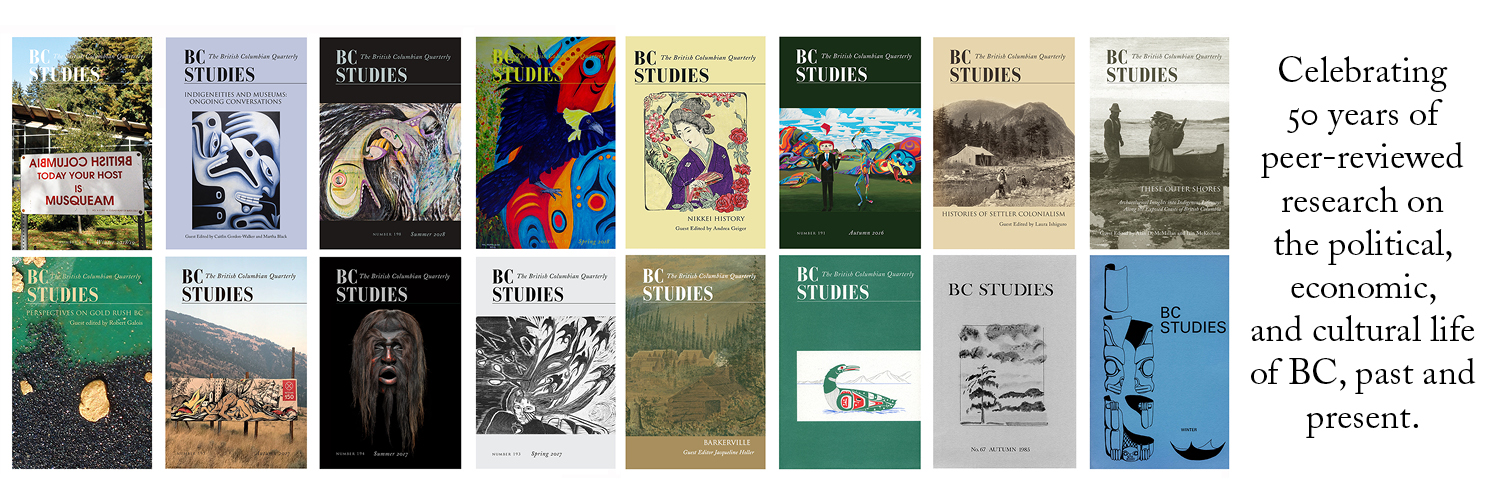Economic Development of Interior British Columbia: A Case Study of Wages in the Okanagan, 1911-21
DOI:
https://doi.org/10.14288/bcs.v0i201.189814Keywords:
agriculture, economic development, labour force, OkanaganAbstract
Our first article concerning the economic development of Interior British Columbia was a case study of occupations in the Okanagan from 1881 to 1921.1 Our analysis used censuses and trade directories to examine the nature and speed of growth, showing that the agricultural labour force increased by approximately thirtyfold over the period, supported by urbanization and the rise of a strong service sector. The analysis challenged the notion that a city was defined simply by incorporation or size.2 The three Okanagan settlements of Vernon, Kelowna, and Penticton developed as cities because of the nature of the work undertaken by the people who lived there, particularly those employed in the service sector. Some occupations, such as electrician, telephone operator, banker, lawyer, doctor, stenographer, and architect, were found largely, albeit not exclusively, in the three urban centres and were seldom found in rural areas. This article builds upon that earlier work and considers four major questions: (1) How was Okanagan orcharding organized? (2) How did differing occupational structures and wage profiles reflect the local community and its economy? (3) Can any differences in wages across urban centres be attributed to changing local circumstances? (4) How did Okanagan wages compare with those elsewhere in British Columbia? Our objective is to understand wage differentials by occupation, by gender, and by place; to investigate spatial variances; and to position those within the context of wages paid elsewhere, notably in Vancouver, and the cost of basic commodities.
We begin by placing the Okanagan within the context of British Columbia and by considering the present-day importance of the region to the economic development of the province and of Canada. A brief review of Canadian wage historiography follows. The sources are then discussed, data presented, and conclusions drawn.



